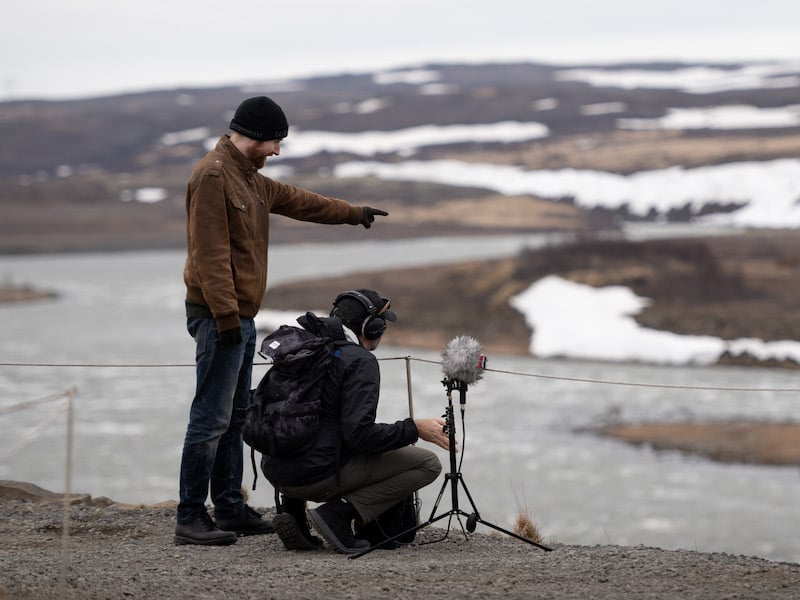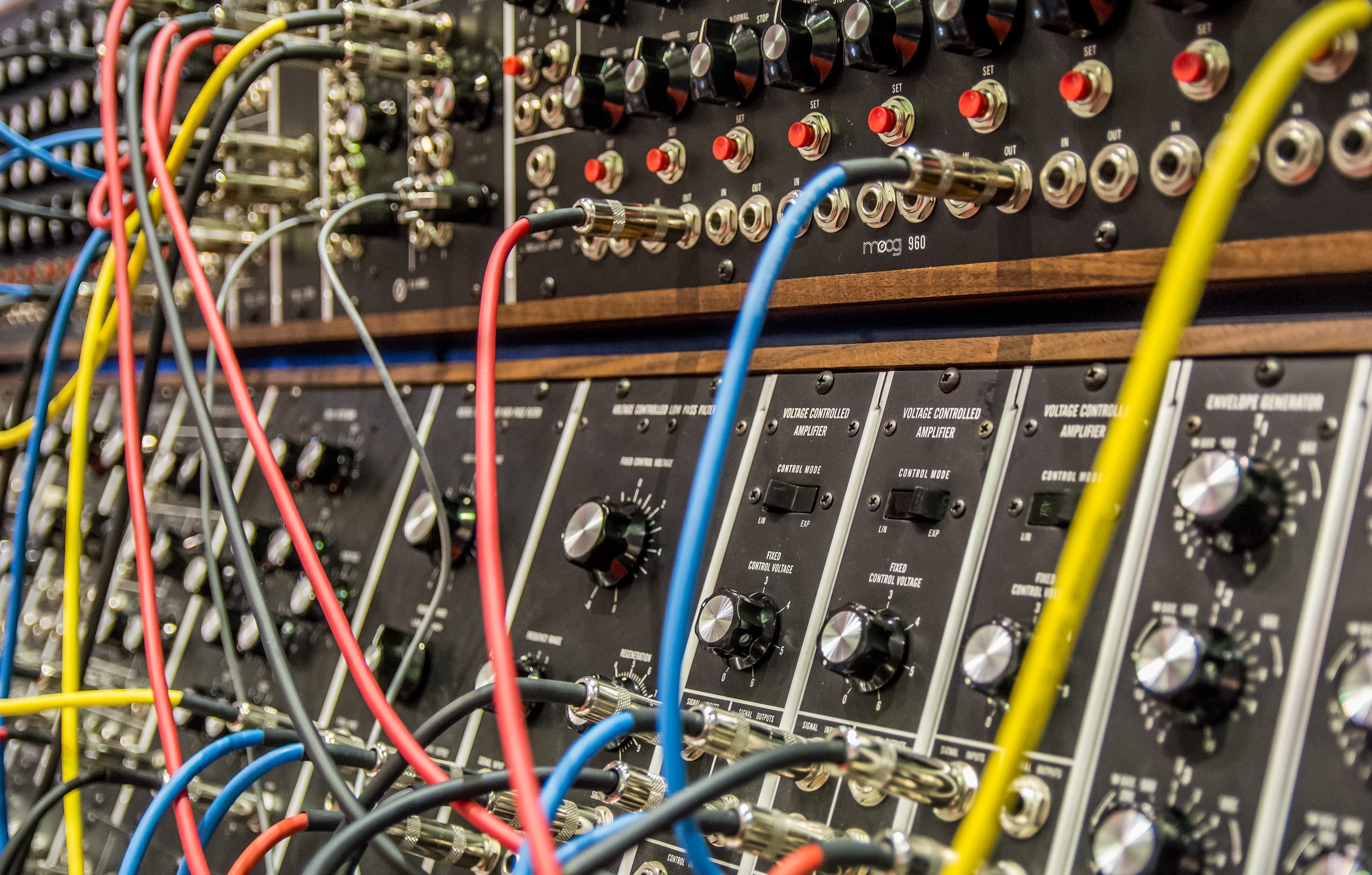Although the terms “sound effects” and “sound design” are often used interchangeably, there are several key differences between the two. However, there’s also some overlap, so it’s understandable if you’ve ever mistaken sound effects for sound design or vice versa. This article will illuminate the differences between the two, elaborate on what is considered sound effects or sound design, and show why the distinction matters.
What’s the Difference?
The first thing to understand is that sound effects and sound design are not mutually exclusive. The category of sound effects can include designed sounds, and the practice of sound design involves creating and using sound effects. Confused yet? To conceptualize the relationship between the two, consider the difference between illustration and graphic design.
Illustration is a category of images that includes drawings, paintings, digital art or any other graphics that help tell a story or add context to a work. Graphic design, on the other hand, is a discipline unto itself that involves making artistic decisions to achieve specific goals. Graphic designers often produce illustrations, and many illustrations can be considered graphic design, but the terms still mean something different.
Similarly, the category of sound effects includes any sound (besides dialogue and music) that is added to a film, video, podcast, game, or other media to help tell the story or provide context. Anything from footsteps and Foley to larger-than-life explosions and spooky horror ambience can be considered a sound effect. Sound design, on the other hand, is a profession that involves using sound in creative and artistic ways to communicate a message or feeling. Creating sound effects is part of a sound designer’s job, but not all sound effects can be called sound design.
"The first thing to understand is that sound effects and sound design are not mutually exclusive. The category of sound effects can include designed sounds, and the practice of sound design involves creating and using sound effects."
Many sound effects are captured in nature by field recordists.
What are Sound Effects?
As described above, a sound effect is any sound in a piece of media that’s not dialogue or music. This includes props, Foley, backgrounds, vehicles, animals, and much more – even non-dialogue production audio is sometimes considered sound effects. Here’s a partial list of sounds that fall into this category.
Examples of sound effects
- Footsteps
- Machines
- Vehicles
- Firearms and explosions
- Animals
- Field recordings and background ambience
- Walla (background voices)
If you’re looking for any of these things, “sound effects” is the right term to search for. Sound effects are widely available from free sources such as the SoundQ Free Library or premium general libraries like CORE 4. However, if you’re looking for custom-made sounds that suit the specific needs of your project, you might be better off hiring a sound designer.
"A sound effect is any sound in a piece of media that’s not dialogue or music. This includes props, Foley, backgrounds, vehicles, animals, and much more – even non-dialogue production audio is sometimes considered sound effects."
Sound designers often use synthesizers to generate sound effects that can’t be recorded.
What is Sound Design?
Sound design is a very broad term, but in general, it describes an approach to sound. Like any other design profession, sound design is about creating something for a specific purpose. When it comes to sound, this could mean anything from designing user interface sounds for accessibility to dynamic impacts, risers, and whooshes for movie trailers.
In practice, designing sounds usually involves creative methods such as processing, combining, and layering existing audio or generating sound via synthesis. This is how sounds that don’t exist in the real world are made, such as interstellar spacecraft, wailing ghosts, and magic spells. However, sound design can also refer to shaping the overall aesthetic of a film, game, or other media by making artistic choices with sound. The effects on Darth Vader’s amplified voice, the reverb you hear in a cave in Skyrim, and even the nonsensical language of the Teletubbies can all be considered sound design.
Examples of sound design
- Sci-fi technology
- Mythical creatures
- Background ambience for imaginary spaces
- Processed or filtered dialogue
- Abstract emotive sounds (i.e. horror ambiences)
- User interface elements
- Ringtones
Sound design is also sometimes used in the context of music to refer to creating custom synth patches, drum sounds, and unique effects. Sound design is all of these things and more – the only things that don’t count are unaltered field recordings, dry dialogue, Foley, and premade sound effects.
Why Does it Matter?
So, why split hairs over sound effects and sound design if they overlap so much? The answer is communication. Whether you’re a one-person sound department working with independent filmmakers or part of a larger team on a big-budget feature or triple-A video game, knowing your sound terms helps define roles and keep everyone on the same page. If you’re hired to provide sound effects, don’t assume your client is looking for abstract sound design ideas. Conversely, if you advertise yourself as a sound design studio, people will know that you do much more than cut sound effects. In the end, these terms are not so much labels as descriptors to help you communicate with your collaborators.
Interested in learning more about sound design or sound effects? Check out articles like How to Use Sound Effects and videos like our sci-fi sound design tutorial. Be sure to check our blog often, as we’re always adding new content to help you become a better sound artist.
 Dante Fumo is a Midwest-based sound designer, editor, and mixer specializing in independent film and Dolby Atmos mixing. In his free time, Dante composes electronic music and publishes Harmonic Content, a zine about sound.
Dante Fumo is a Midwest-based sound designer, editor, and mixer specializing in independent film and Dolby Atmos mixing. In his free time, Dante composes electronic music and publishes Harmonic Content, a zine about sound.














